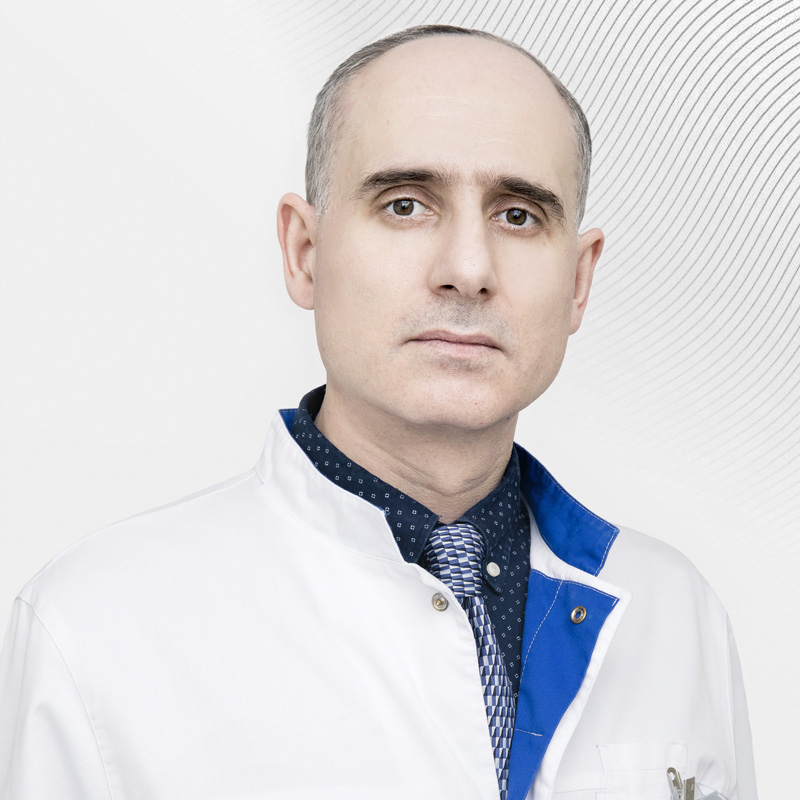Surgical treatment of lung cancer
Surgical resection (removal of a part of the lung affected by a tumor) is one of the most effective methods of treating non-small cell lung cancer. This operation is not suitable for everyone. To assess the possibility of surgical treatment of lung cancer, it is necessary to determine the stage of the disease (using PET / CT) and predict the tolerability of the operation (to assess the degree of manifestation of concomitant diseases, lung and heart function, as well as the rehabilitation potential of the patient). A comprehensive examination is of great importance when preparing for surgery!
Methods of surgical treatment of lung cancer:
The choice of the method of radical surgical treatment of lung cancer depends on the location of the tumor, its size, signs of germination of neighboring structures and damage to the lymph nodes. The following surgical operations can be distinguished by volume:
- Lobectomy – removal of one lobe of the lung. It is the main surgery performed for peripheral lung cancer. It allows you to save most of the lung tissue, therefore, as a rule, it does not affect the respiratory function in the future. At the same time, it provides good radical intervention in most cases of early-stage peripheral lung cancer.
- A pneumonectomy is the removal of the entire lung. It is performed at the central location of the tumor, involving the main bronchus or large vessels in the process. It can lead to limited exercise tolerance in the long term after surgery, which, however, is justified if the operation results in complete removal of the tumor.
- Bilobectomy and lobectomy with bronchoplasty or angioplasty are surgical operations that occupy an intermediate position in terms of volume between the two previous types of operations. Their goal is to preserve the maximum possible volume of lung tissue while removing common lung tumors. This amount of surgery can make it possible to avoid pneumonectomy and maintain good respiratory function with sufficient radicality of the operation.
- Segmentectomy is the removal of a segment, part of a lung lobe. This operation is possible only with small tumor sizes (stage 1) and is used in patients with significantly reduced lung function in case of danger of performing a lobectomy. In recent years, evidence has emerged about the sufficient radicality of this operation in patients with early-stage adenocarcinoma in situ.
If lung cancer is detected at an early stage, when there is no germination of neighboring organs and the tumor size is less than 5-6 cm, surgical treatment of lung cancer with minimally invasive access is possible using video thoracoscopy and small incisions. This allows you to:
- to reduce the traumatic nature of surgical intervention,
- accelerate recovery of physical activity,
- reduce the severity of the pain syndrome,
- significantly reduce the duration of treatment,
- achieve a good cosmetic effect.
Advantages of EMS:
At EMC, operations are performed by experienced thoracic oncological surgeons who are proficient in all modern surgical techniques. These are:
- chief freelance Thoracic Surgeon of the Moscow City Department of Health, Ph.D. Evgeny Tarabrin;
All modern lung cancer treatment methods are available in the EMC :
- Surgical intervention. This type of treatment is preferred in the case of stage I or II lung cancer.
- Postoperative adjuvant chemotherapy. Improves survival in patients with stage II of the disease, in some cases it may be recommended for patients with stage IB of the disease.
- Stereotactic radiation therapy (SBRT) or traditional radiation therapy. It is performed in patients with stage I or II of the disease who cannot undergo surgical resection. Photodynamic therapy may also be useful as a primary treatment in patients with superficial respiratory tract lesions.
- Combined chemoradiotherapy. It is used in the case of histologically confirmed stage III disease.
The prediction of the volume of the operation is carried out based on the results of the examination and the joint decision of the interdisciplinary EMC council.
Get help
Specify your contacts and we will contact you to clarify the details.
Doctors
.jpg)
Ruben Metsaturyan
Head of the Surgery Department and Acting Head of the Surgical Clinic, Doctor of the highest category, Ph.D. of Medical Sciences
-
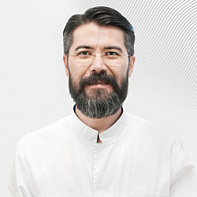
Anvar Iuldashev
Ph.D. of Medical Sciences
-
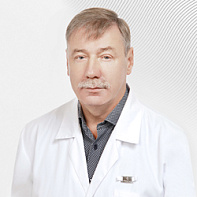
Dmitriy Semenov
Doctor of Medicine, Professor
-

Nechay Taras
Doctor of Medicine, Associate Professor, Professor
-
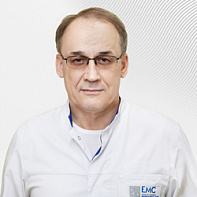
Dmitry Ruchkin
Leading thoracoabdominal surgeon of the Russian Federation, Doctor of Medicine, Professor
-
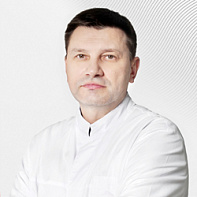
Igor Andrreytsev
Doctor of Medicine
-

Chzhao Аleksey
Doctor of Medicine, Professor
-
.jpg)
Krishchanovich Olga
-
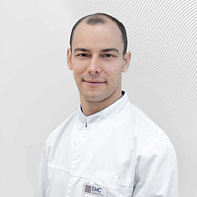
Tsilenko Konstantin
-
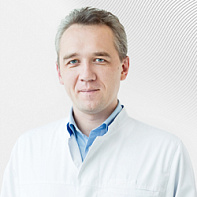
Evgeny Tarabrin
Chief Freelance Thoracic Surgeon of the Moscow Department of Health and the Ministry of Health of the Russian Federation for the Central Federal District, Doctor of Medicine
-
.jpg)
Leval Pulad
-
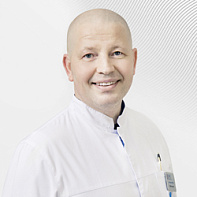
Sidnev Aleksander
Ph.D. of Medical Sciences
-
.jpg)
Tsvetkov Vitaliy
Professor, Doctor of Medicine
-
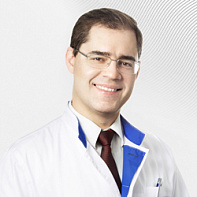
Ignatiev Roman
Surgeon, urologist, polyclinic and hospital, Doctor of Medicine, Doctor of the highest category
-
.jpg)
Lafishev Elmurat
-
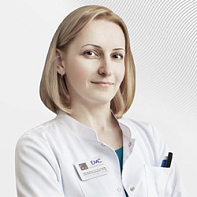
Marina Bissessar
-
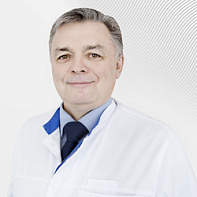
Langner Aleksander
Ph.D. of Medical Sciences, Associate Professor
-
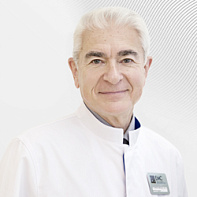
Kan Vladimir
Senior physician of the surgical department, Doctor of the highest category, Ph.D. of Medical Sciences
-
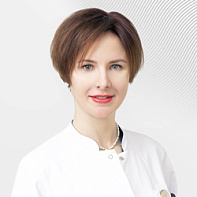
Borodina Ekaterina
-
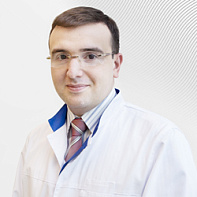
Askerhanov Rashid
Ph.D. of Medical Sciences, Associate Professor
-
Ruben Metsaturyan
Head of the Surgery Department and Acting Head of the Surgical Clinic, Doctor of the highest category, Ph.D. of Medical Sciences
- He is one of the leading surgeons of the EMC. During the absence of the head of the EMC Surgery Center, he acts as the head
- The main specialization is abdominal "planned" and "urgent" surgery
- Member of the Russian Society of Surgeons named after N.I. Pirogov
- Member of the Russian Society of Surgeons named...
Total experience
25 years
Experience in EMC
since 2015
